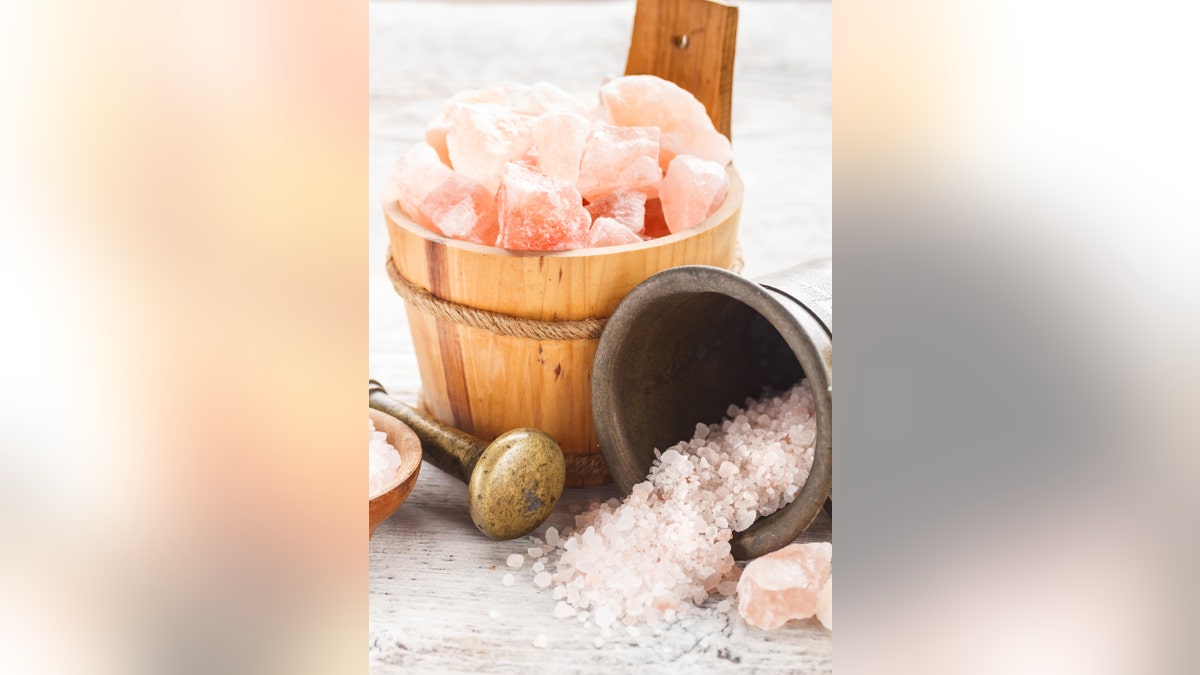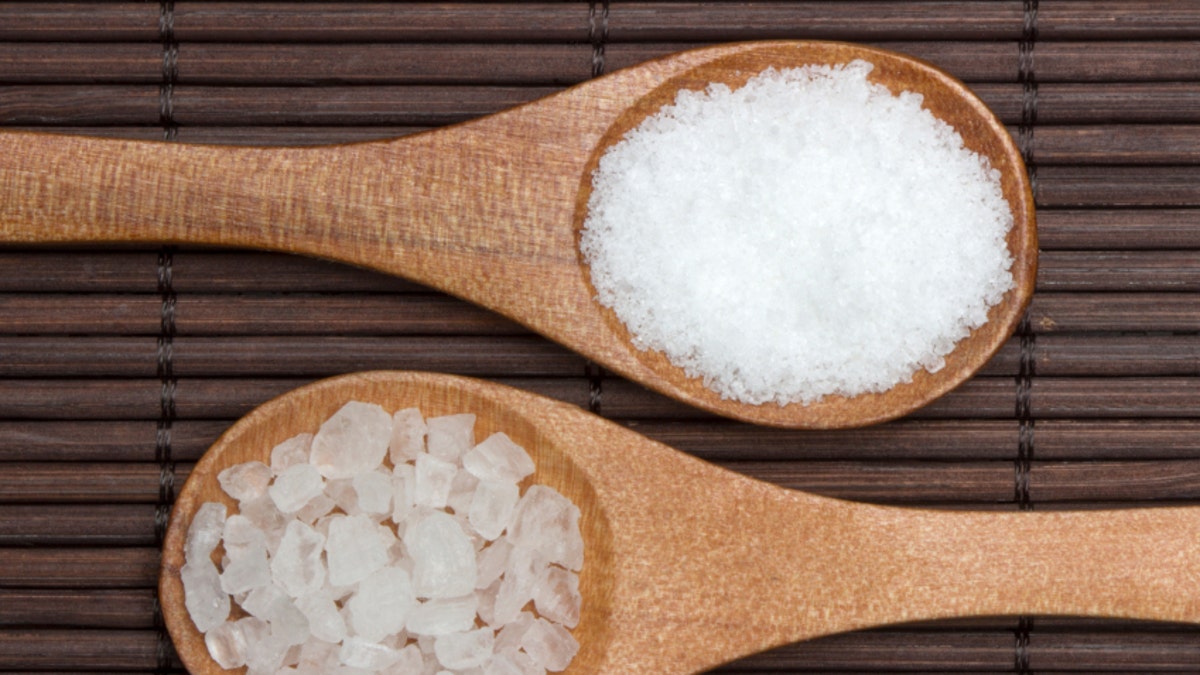
Salt comes in many shapes and sizes. (iStock)
Salt rocks.
It's a culinary ringmaster, a literal rock with an undisputed role as balancer and enhancer of flavors. Name a more ubiquitous ingredient, one you use more than salt. You can't.
We all have our go-to salts (or maybe just one), but if you don't know the difference between them, if you instinctively reach for the same box at the grocery store because other salts — and there seem to be many — look fancy or unfamiliar or unnecessary, it’s worth exploring.

Himalayan pink salt has a unique flavor. (iStock)
Our guide: Mark Bitterman, author of the James Beard Award-winning Salted: A Manifesto On The World's Most Essential Mineral, With Recipes. What we didn't fully realize until talking with him is that the salt we cook with just scratches the surface. You've heard of fleur de sel? His book details 14 types from France, the Philippines and beyond.
But back to the salt we know and love. Why do we think so little of salt as we shower it into pasta water and over ribeyes? Getting to know this kitchen workhorse makes buying it that much easier.
The Main Types.
There are two types of salt, broadly speaking: sea or evaporative salt, which comes from saltwater, and rock salt, which comes from the land.
The majority of rock salt never makes it into the kitchen; it’s for industrial use, such as deicing roads. The kind for old-fashioned ice cream makers is so named by manufacturers because it's rocky, not necessarily because it’s rock salt, Bitterman told us. "It could be an evaporative salt. It could be anything," he said.
Sea salt is produced by evaporating seawater in open pans or by boiling. Sea salt includes the uber-popular kosher salt and, on the opposite end of the spectrum, delicate fleur de sel. There are many nuances in between.
Ageless, Never Tasteless.
Salt never gets old. We're talking literally here. It'll never go bad on you.
"I have Himalayan salt that's 600 million years old," Bitterman said.
He suggests storing delicate salts in an airtight container to block humidity, which can mess with salt's supple texture. Glass is better at this than plastic.

Rock salt and fine salt should be used for different stages of cooking. (iStock)
Refined salts such as kosher salt contain anti-caking agents, so there's no need to worry about storage and texture loss.
The Specifics.
Here are some salts, both refined and artisan, that you're most likely to come across when shopping.
Kosher salt. Hands-down the all-purpose favorite of chefs and home cooks (and Epicurious editors!) for its coarse, uniform, easy-to-pinch granules. It's industrially produced by boiling off brine that’s pumped in and back out of a salt deposit. Not kosher-certified; the name refers to how the crystals draw out moisture in the meat koshering process. "It's a processed chemical product," Bitterman said.
Table salt. Otherwise known as the stuff in shakers on tables across America. This is industrial salt refined to about 99 percent sodium chloride, with additives aplenty so it doesn't clump. Iodized table salt serves a need among iodine-deficient populations in poorer countries; you can also get your fix by eating iodine-rich seafood and other foods.
Sea salt. Much of what's generically labeled "sea salt" is industrial, made by evaporating sea water in vast open pans. Harvesting is mechanized and removes most of the salt’s natural minerals. Commercial brands are inexpensive and often contain additives, Bitterman said.
Fleur de sel. French for "flower of salt," this is the creme de la creme of sea salt, scraped by hand as it forms on the surface of a salt evaporation pond. It's been done this way for centuries in France. Irregular, delicate crystals are moist and mineral-rich. Ideal as a finishing salt.
Check out more need-to-know salt facts.
More from Epicurious
12 Lightning-Fast Chicken Dinners to Make Now
14 Main Course-Worthy Vegetarian Salads
The 12 Easiest No-Cook Pastas Ever
